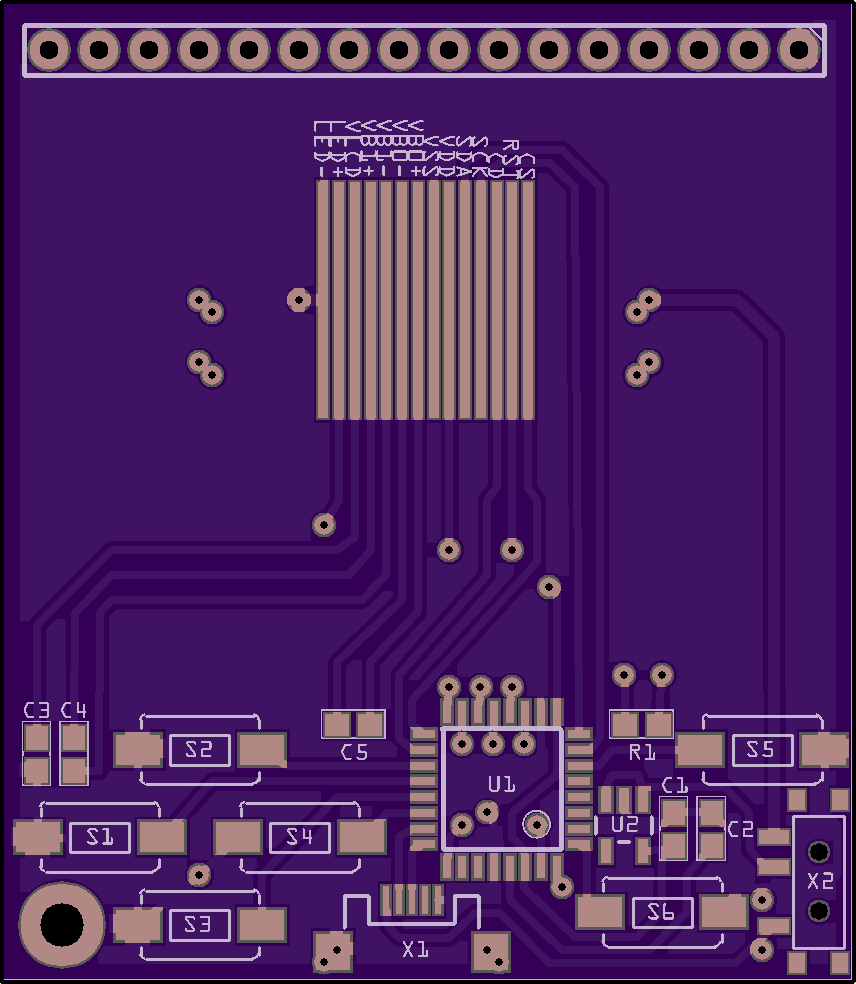Not Again!¶
Published on 2018-03-23 in CircuitPython Badge.
Recently a bunch of people on the hack chat (including me) decided to start a Display Module Survey project. That led me to order a couple of interesting display modules, and when they arrived, I started to have ideas for projects using them. One module that interested me in particular is based on the UC1701 controller chip, and sports a nice ~1.5” LCD display, with optional backlight. The display only requires two capacitors and a resistor for the LED, so it should be easy to use in my own project.
At first I thought about using it to replace project-26823 ‘s display, but since it has the backlight built-in, I would need to also remove lameboy’s color backlight, and that would make me sad. So instead I decided to build yet another device.
I have also been recently asked in a non-committal manner about some conference badges that would run (Micro)Python. From the conversation I learned that people really don’t want to have LiPo batteries on them — which pretty much rules out using ESP8266 or ESP32 chips, as they are pretty power-hungry. The next cheapest chip you can get that has a flavor of MicroPython ported to it is the SAMD21, and that also only needs two capacitors and a voltage regulator.
So, throw six buttons, a switch, a USB connector and a battery holder into the mix, and you have a minimal handheld game console. I quickly made a PCB design in Fritzing to see how feasible it is:

And it’s not bad at all. It even fits in the 50×50mm limit. All components are on one side, except for the battery holder. I got rid of the diode protecting the USB from battery by using the switch — instead of on/off, it switches between battery and USB power. To save power, the backlight is only on when on USB power. There is no extra flash memory for the files — a 32kB filesystem is created in the chip’s internal flash instead. Since the 128×64 black-and-white display doesn’t need much memory for graphics, this should work. There are six free pins (actually there are more, but they were too hard to route) broken out on the header at the top, so you can connect additional things, like a speaker or an IR sensor.
I also added a large pad on the back to which you can solder a pin or a clip — so that you can actually wear this as a badge.
 deshipu.art
deshipu.art